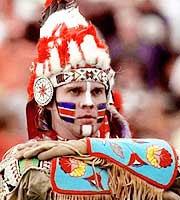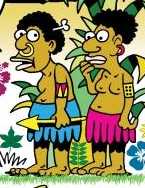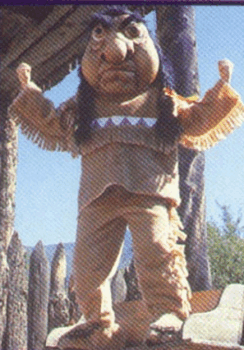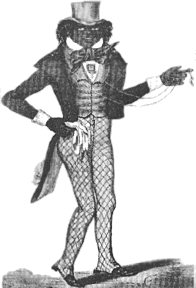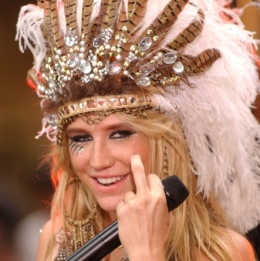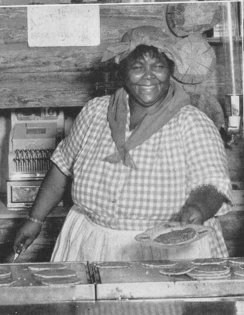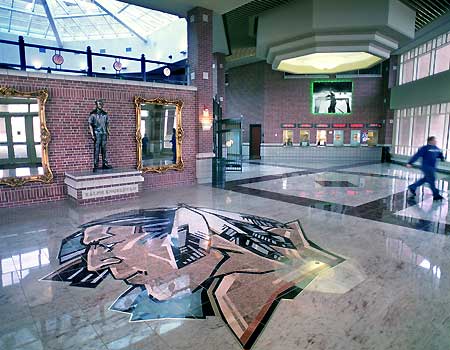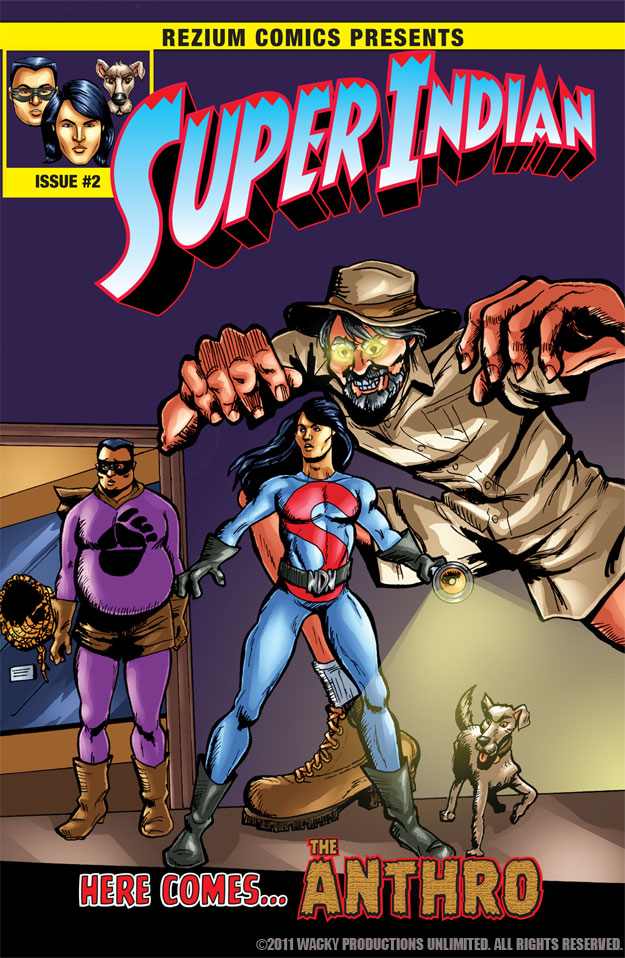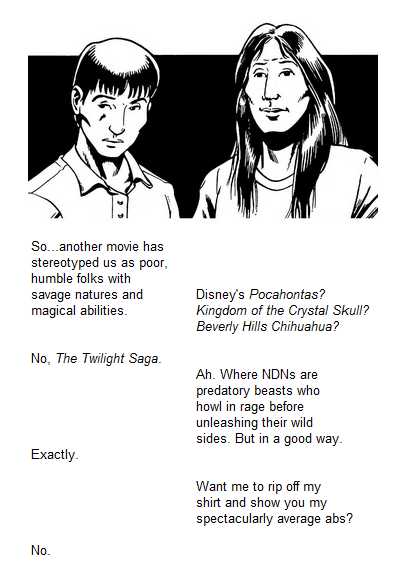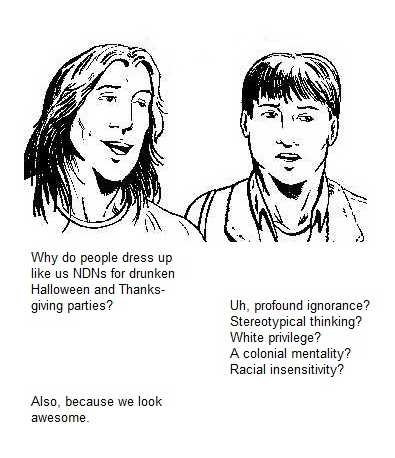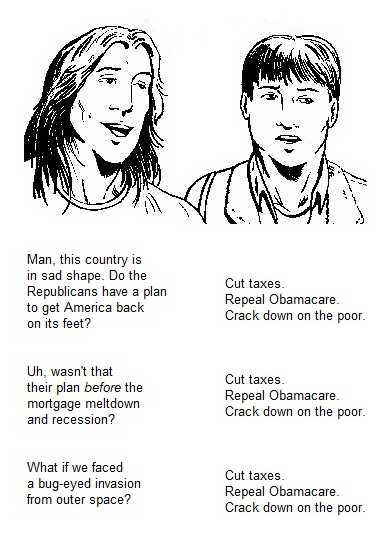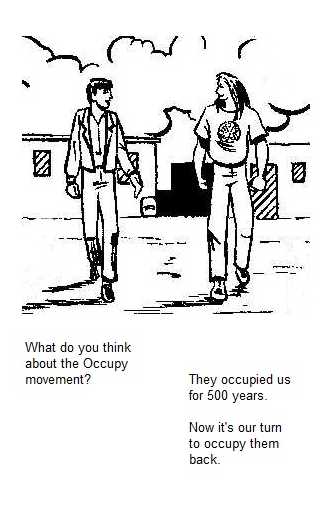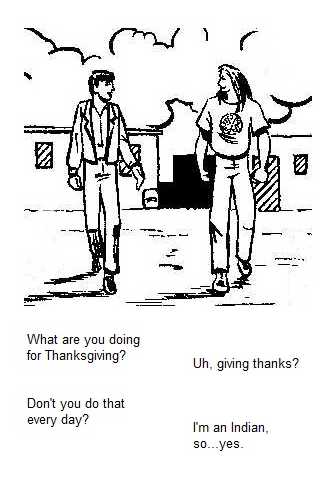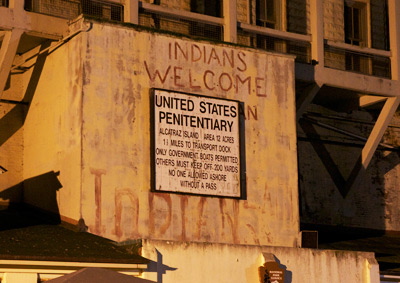It's almost becoming predictable. A few hours after news of
Robotic Wednesday's "Pilgrims & Indians Theme Party" went viral, the organizers canceled the party. Once again, the people made their voices heard and shut down an offense against Indians.
One of the protesters sent me this message from James Vu, who apparently was a party organizer or host:
Formal statement from management of Kamps: We are well aware of the Pilgrims & Indians flyer and have acted swiftly to get it removed and taken down from all websites such as facebook and twitter. We do apologize and in no way, shape, or form were trying to be derogatory towards Native Americans. We have a great respect and admiration for Native Americans and deeply apologize for the flyers that were posted on social media. Again we have acted swiftly regarding all matter. This was just brought to my attention today ie I"ve been out of town. Sorry for the negligence and have taken the necessary efforts to alleviate this situation. I've spoken with Legislator Melissa Langley and explained my sympathy towards Native Americans. Being in the asian district we know that we have to be sensitive to everyone.Another protester contacted Vu directly and said he would protest outside the party unless it was cancelled. He posted
his exchange with Vu on Facebook. Here is Vu's response to him:
We cancelled the theme party 6 hours after the flyer went up.
You should be focusing your attention more on the professional teams and institutional schools. I see way more people dress up for that all year long. We had a thanksgiving theme party (dress anything pertaining to thanksgiving). Washington Redskins (DC), Atlanta Braves, Florida State Seminoles, Cleveland Indians, Chicago Redhawks, You hear chants every day and see people dressing up and yet no facebook posts or rants about that. Again we did not do this to be derogatory or demeaning towards any race or culture. We changed the flyer and theme. Sorry if you viewed us as being inconsiderate. We weren't trying to be.Comment: Vu's comments about mascots shows he still doesn't get it. Fortunately, I'm here to explain things to him.
First, I did a Facebook search for "Indian mascots" and got about 14 hits. If I used other terms, I'd undoubtedly find more groups. And there are many groups opposed to racism and stereotyping in general, which includes Indian mascots. Hundreds if not thousands of them, I'm sure. So Vu's view that nobody is protesting mascots on Facebook is flatly wrong. So is his presumption that people are picking on him for no reason--that they really don't care about Indian mascots or people dressing up as Indians.
Second, why limit yourself to Facebook? Many Natives aren't on Facebook but protest events in "real world." The evidence that they object to mascots is voluminous. For instance:Great Plains tribes oppose mascotsBackground research on Native stereotypesWisconsin kids oppose Indian mascotsSupreme Court upholds Redskins trademarkMost Indians oppose "redskins"Native orgs that oppose mascotsThird, the idea that you can't protest both Indian mascots and offensive parties is ridiculous. In fact, protesting both is ridiculously easy. For example, you create a Web page like my Team Names and Mascots. While people are finding and reading that online, you protest short-term offenses like the party. Duh.It's called multitasking, folks. Try it some time if you've never heard of the concept. Write an article, make a video, or create a Facebook page; you'll find it works
even while you're asleep!
Bigger targets need longer protestsFourth, if you don't think anyone is paying attention to this "small" protest, think again. My blog item got reposted on Pechanga.net and mentioned on Indian Country Today Media Network (Oklahoma City Establishment Touts ‘Pilgrims and Indians Theme Party’). That's two of the three biggest sources of Native news. (Indianz.com is the other.)So tens of thousands of people in Indian country saw the protest. And I don't see anyone defending the party or denouncing the protesters. The best bet is that the vast majority agreed with the protest--because they've spent their careers fighting such stereotypes.
Fifth, Vu has missed an obvious point: Protests against mascots and parties are interrelated, not isolated and separate. When people protest a party like this one, they're also protesting Indian mascots. They're sending a message about mascots and other stereotypes in general.The message? That Indians still exist, obviously. That they're modern-day people like everyone else. That they refuse to be defined by centuries-old stereotypes of them as
savage and
uncivilized. That they'll kick your butt if you try to peg them as
chiefs,
braves, and
maidens--i.e., primitive people of the past.
The only difference between a mascot protest and a party protest is that a party is one-time event with no historical record. In contrast, a professional, college, or high-school sports team has decades of history and thousands if not millions of supporters. Not to mention millions or billions of dollars of corporate and media backing.
If a party has 100 fans and a sports team has 10 million fans, it's going to take roughly 100,000 times longer to reach and persuade everyone. Seriously. A 6-hour response time for a party x 100,000 = a 68.5-year response time for a major sports team.
That's the right ballpark for changing an Indian mascot like the
Stanford Indian, the University of Illinois's
Chief Illiniwek, or UND's
Fighting Sioux. If it takes 75 or 100 years to change the remaining offenders--
Chief Wahoo and the
Washington Redskins--that's to be expected. They'll all be gone eventually because they're
racist.
For more on the subject, see
Racist Costumes = White Privilege and
Hipster Racism.
Below: Offensive portrayals of blacks and Indians--all racist for the same reasons.
